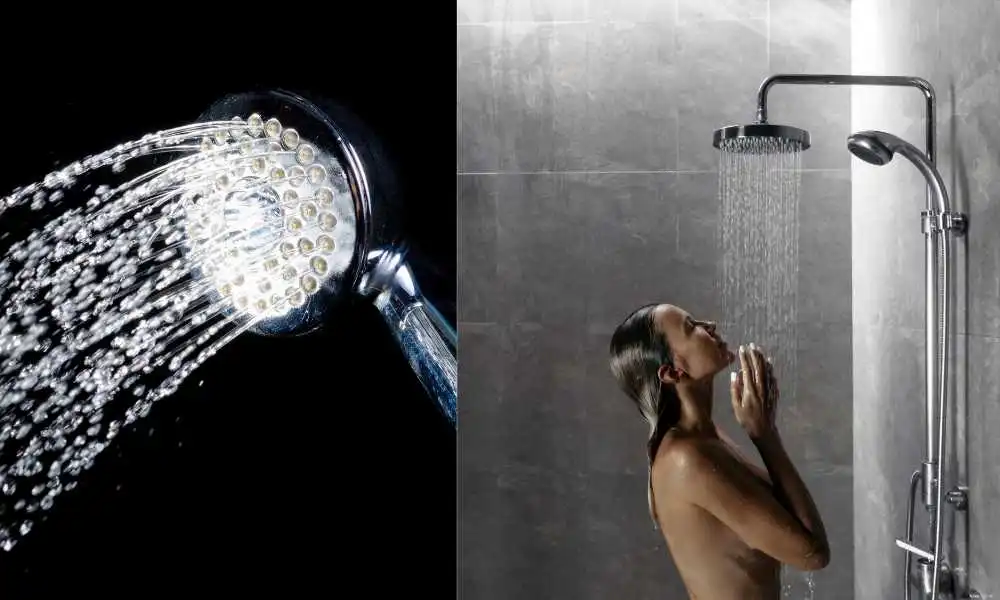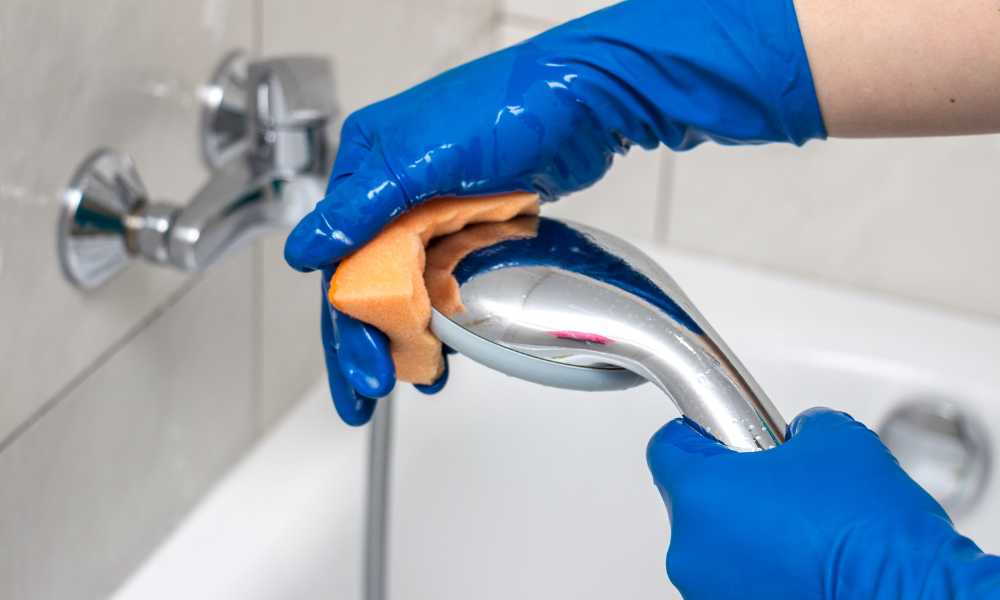The functionality of toilets is an integral aspect of modern sanitation systems, playing a crucial role in maintaining hygiene and public health. Understanding how toilets work Is not only relevant for homeowners and facility managers but also contributes To a broader appreciation of the engineering marvels that facilitate our daily lives. From The intricate mechanisms within the tank to the design of the bowl and the plumbing infrastructure, the seamless operation of toilets involves a combination of physics, engineering, and plumbing principles. This exploration aims to shed light on The intricacies of toilet functionality, unraveling the mystery behind the seemingly simple yet indispensable fixtures that enhance our quality of life.
1. Basic Components of a Toilet

To comprehend the functionality of toilets, it is imperative to understand their basic components. The primary elements include the bowl, the tank, and the flush mechanism. The bowl serves as the visible receptacle for waste disposal, designed for user comfort and efficiency. Positioned above the bowl, the tank stores water and houses mechanisms critical to the flushing process. The flush mechanism, a central component, orchestrates the cleansing cycle by expelling waste and facilitating the replenishment of the bowl for subsequent use.
2. The Flush Mechanism Explained

Central to the operation of toilets, the flush mechanism is a pivotal component that warrants detailed exploration. When the user activates the flush handle, a chain or lever lifts a rubber flapper, permitting water to rush from the tank into the bowl. This rapid inflow of water triggers a sequence of events, efficiently removing waste from the bowl and preparing it for the next use. The elegance of the flush mechanism lies in its simplicity, demonstrating a balance between effectiveness and resource conservation.
3. Water Supply and Fill Valve

Critical to the proper functioning of toilets is the management of water supply And the fill valve. The fill valve, located in the tank, regulates the water level after each flush. As the tank empties during flushing, the fill valve opens to allow a precise amount of water to enter, ensuring The tank is optimally prepared for subsequent use. This meticulous control over water supply and The fill valve’s operation is essential for the seamless performance of Luxurious Toilet Seats, combining efficiency with conservation.
4. Toilet Trap and Siphon Action

A fundamental aspect of waste removal in toilets involves the toilet trap and siphon action. The trap, a curved pipe beneath the bowl, holds standing water to act as a barrier against sewer gases entering the living space. During flushing, the siphon action comes into play. As water rapidly descends the bowl, it creates a suction force that efficiently pulls waste along and into the sewage system. This dynamic collaboration between the toilet trap and siphon action is crucial for maintaining sanitation and preventing undesirable odors within our living environments.
5. Gravity vs. Pressure-Assisted Toilets
When it comes to toilet technology, two primary systems dominate the market: gravity-fed toilets And pressure-assisted toilets. Gravity toilets rely on The natural force of gravity to move water from the tank into the bowl during flushing. In contrast, pressure-assisted toilets use compressed air to enhance the flushing process, resulting in a more forceful expulsion of waste. Understanding The differences between these systems is crucial for homeowners looking To make informed choices based on factors such as water efficiency, performance, and maintenance.
6. Toilet Installation Tips

Proper installation is paramount for the optimal performance of toilets. Whether you’re replacing an old toilet or installing a new one, certain tips can streamline the process. Ensuring a level and stable base, correctly aligning the wax ring, and securely attaching the tank to the bowl are critical steps. Additionally, understanding the nuances of the water supply and following manufacturer guidelines can contribute to a successful and trouble-free toilet installation.
7. Common Toilet Issues
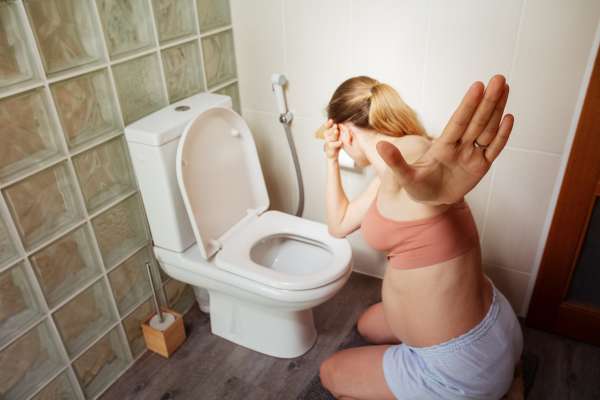
Toilet issues can disrupt daily life and, if not addressed promptly, lead to more significant problems. Common problems include leaks, clogs, running toilets, and faulty flush mechanisms. Identifying the root cause of these issues is the first step towards effective resolution. From worn-out flappers to mineral deposits in the tank, understanding the common culprits behind toilet malfunctions empowers homeowners to undertake timely repairs or seek professional assistance.
8. DIY Toilet Maintenance
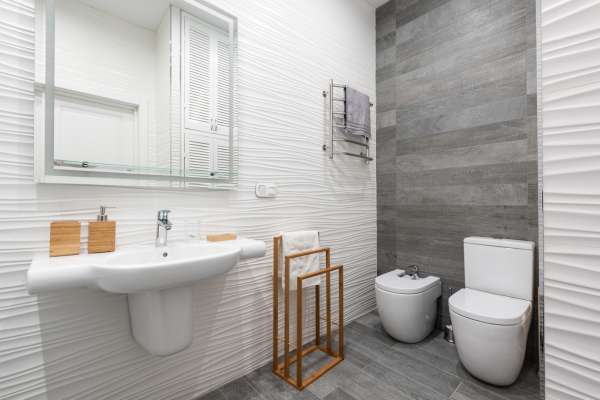
Routine maintenance is key to extending the lifespan and efficiency of toilets. DIY toilet maintenance involves simple yet impactful tasks like checking for leaks, cleaning the bowl and jets, and inspecting the flush mechanism. Regular inspections can prevent minor issues from escalating into major problems, saving both time and money. Equipping oneself with basic knowledge of toilet maintenance empowers homeowners to take a proactive approach to care for this essential fixture in their homes.
9. Environmental Considerations

The impact of toilets on water conservation and sustainability Is a crucial consideration. Low-flow toilets, designed to use significantly less water per flush, have become A popular choice for environmentally conscious consumers. Dual-flush toilets, offering different flush options for liquid and solid waste, further contribute to water conservation. Understanding the environmental implications of different toilet models empowers consumers To make choices that align with their commitment to sustainability.
10. Future Innovations in Toilet Technology

The world of toilet technology is continually evolving, with ongoing innovations aiming to enhance efficiency, hygiene, and user experience. Smart toilets, equipped with features such as automated seat warming, built-in bidets, and touchless flushing, represent a futuristic approach to bathroom fixtures. Additionally, advancements in materials and design contribute to more sustainable and aesthetically pleasing toilet options. Exploring these cutting-edge innovations provides a glimpse into the future of toilet technology and its potential impact on our daily lives.
11. Choosing the Right Toilet for Your Home
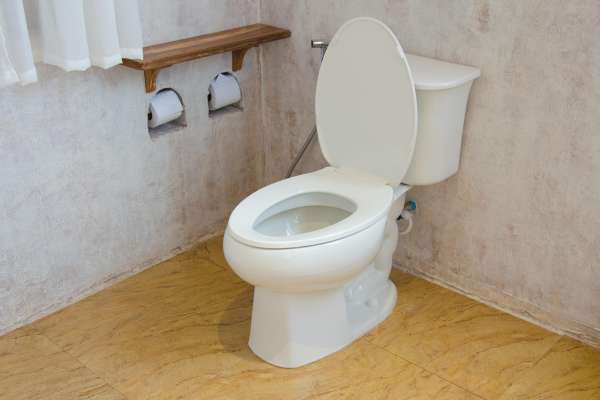
Selecting the right toilet for your home involves considering various factors to meet specific needs And preferences. Factors such As bathroom size, budget constraints, and water efficiency requirements play A crucial role in decision-making. Understanding the different types of toilets, including gravity-fed, pressure-assisted, And wall-mounted options, allows homeowners to make informed choices based on their unique circumstances. Choosing the right toilet not only ensures optimal functionality but also contributes to long-term satisfaction And efficiency in the home.
12. The Evolution of Toilets Throughout History
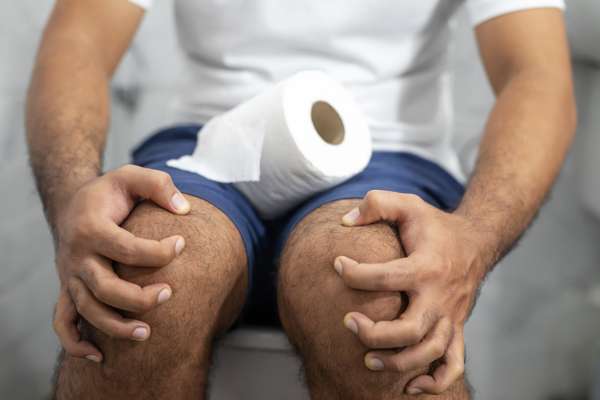
The evolution of toilets throughout history is a fascinating journey that reflects the advancements in human civilization and sanitation practices. From ancient civilizations using simple latrine systems to The innovation of flushing toilets by Sir John Harington in the 16th century, And the subsequent improvements by Alexander Cumming and Thomas Crapper, toilets have witnessed a continuous process of refinement. The advent of indoor plumbing in the 19th century marked a significant leap forward, making toilets a staple in modern homes. Exploring this historical trajectory provides insight into how toilets have evolved from basic necessities to sophisticated fixtures. Reflecting the progress of societies And their commitment to hygiene.
13. Toilet Etiquette and Conservation
Beyond the mechanics of flushing and waste removal, toilet etiquette and conservation play crucial roles in fostering responsible bathroom habits. Encouraging the practice of using water-efficient toilets, disposing of non-flushable items responsibly. And adopting habits that conserve water contribute to sustainable bathroom practices. Additionally, understanding and promoting proper toilet etiquette, such as closing the lid before flushing and maintaining cleanliness, enhances the overall sanitation experience. Balancing technological advancements with mindful usage aligns with the broader goal of promoting environmental responsibility and personal hygiene.
Conclusion
The functionality of toilets extends beyond the mechanical aspects, intertwining with historical evolution, environmental considerations, and social etiquette. From the basic components and innovations in technology to the choices we make in our daily habits, toilets represent a vital aspect of our living spaces. The journey of toilets throughout history reflects humanity’s commitment to sanitation, while contemporary considerations highlight the need for eco-friendly practices. As we navigate the intricate world of toilets, a holistic approach that considers historical context, environmental impact, and responsible usage ensures a harmonious blend of efficiency, sustainability, and courtesy in our homes and communities.

